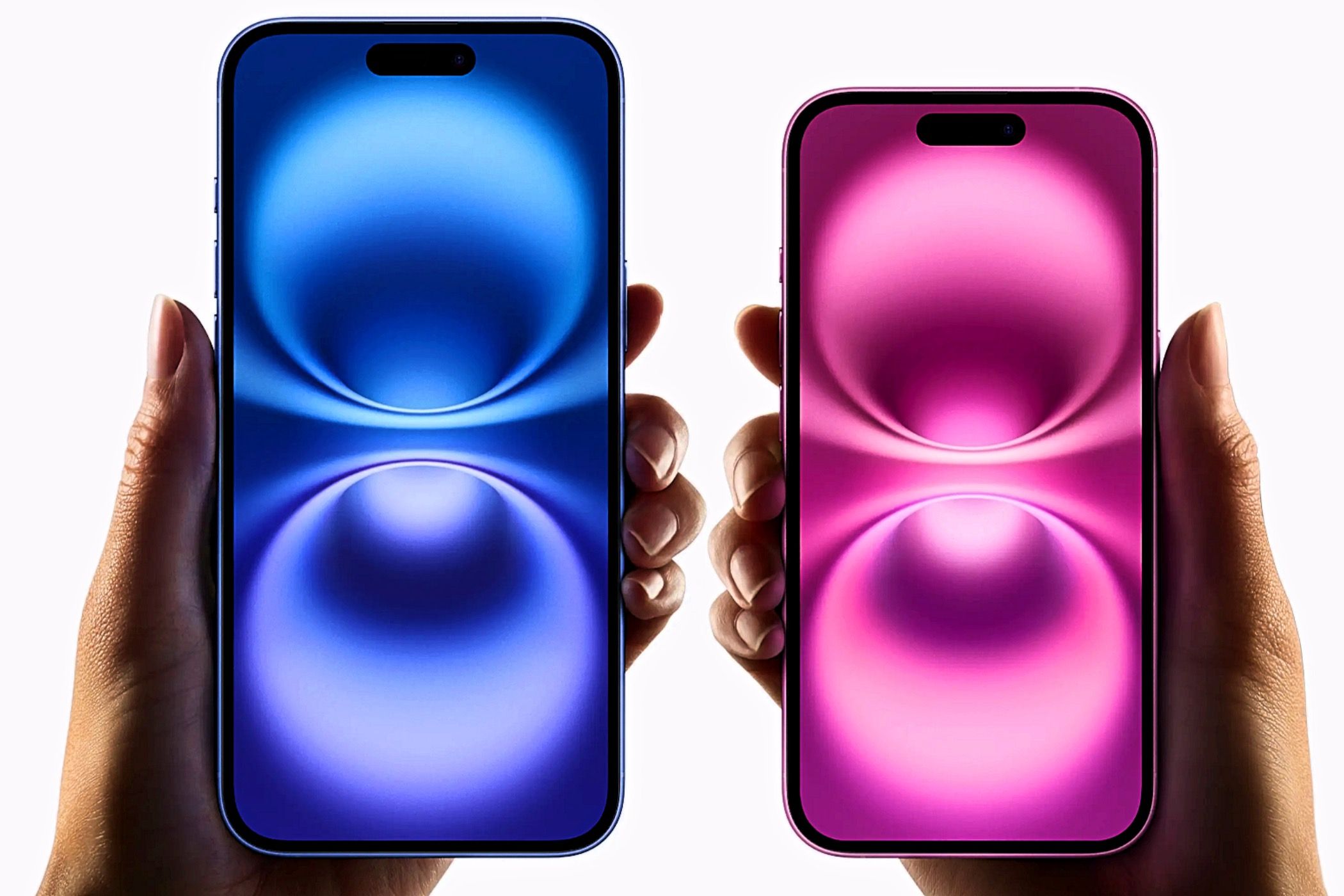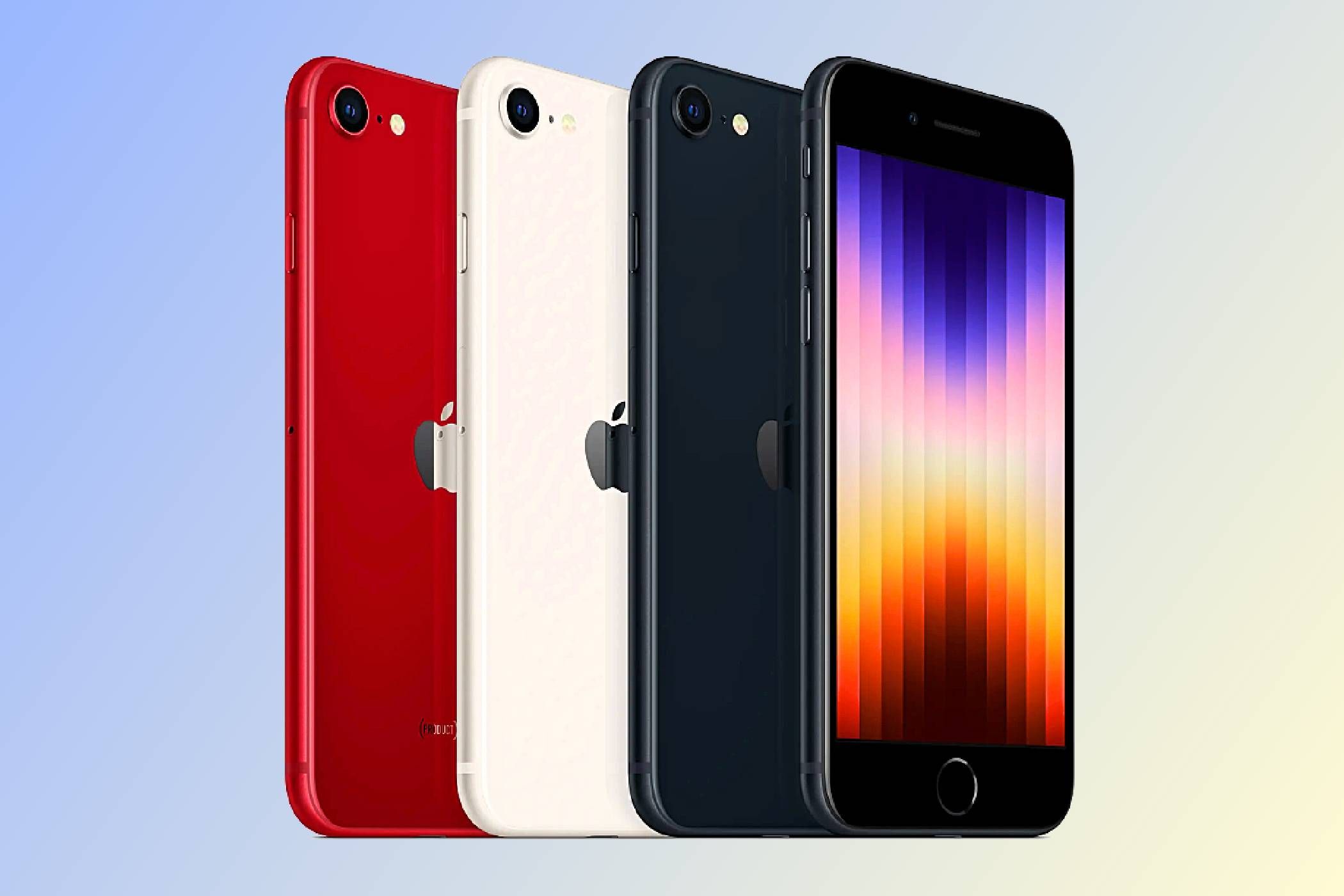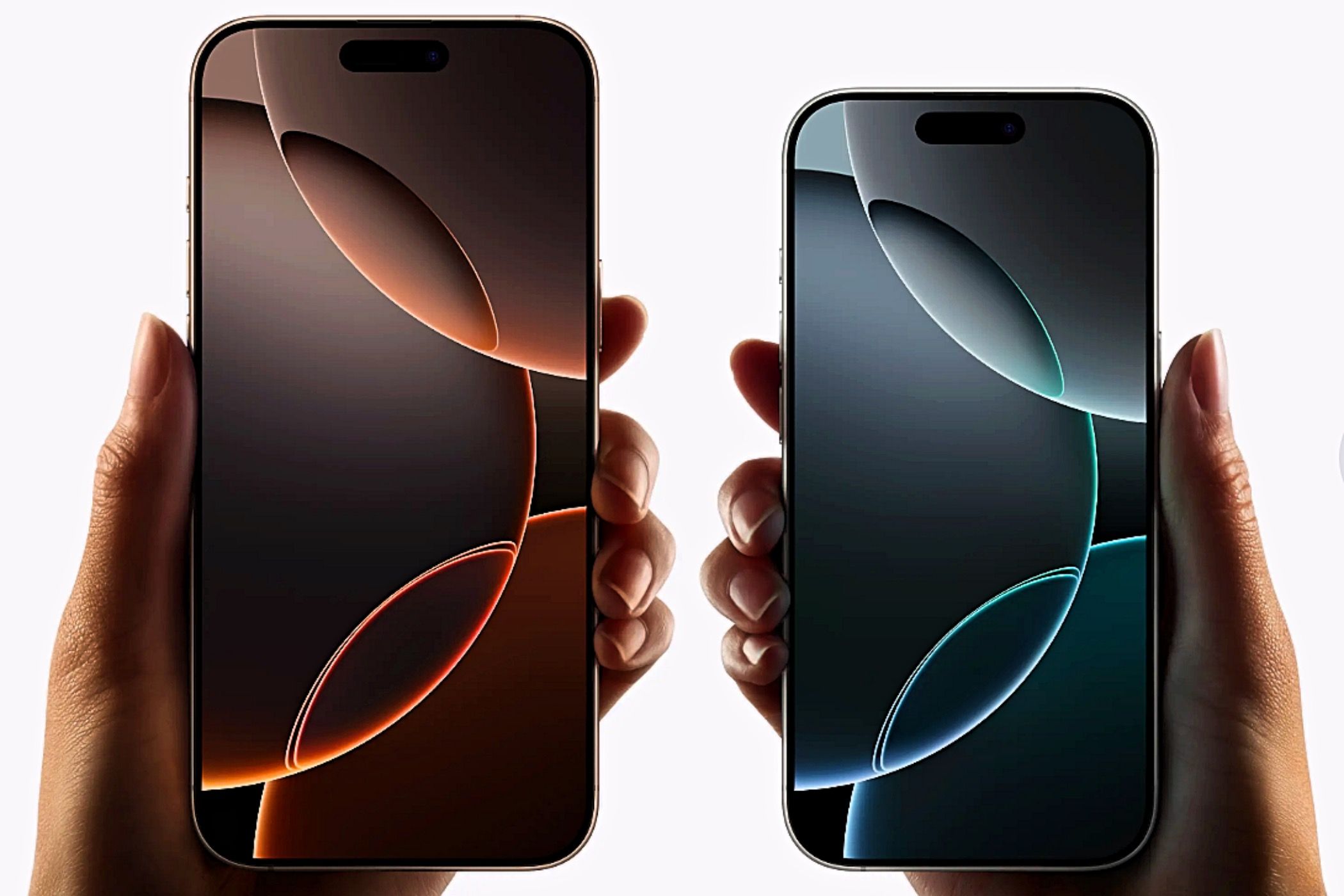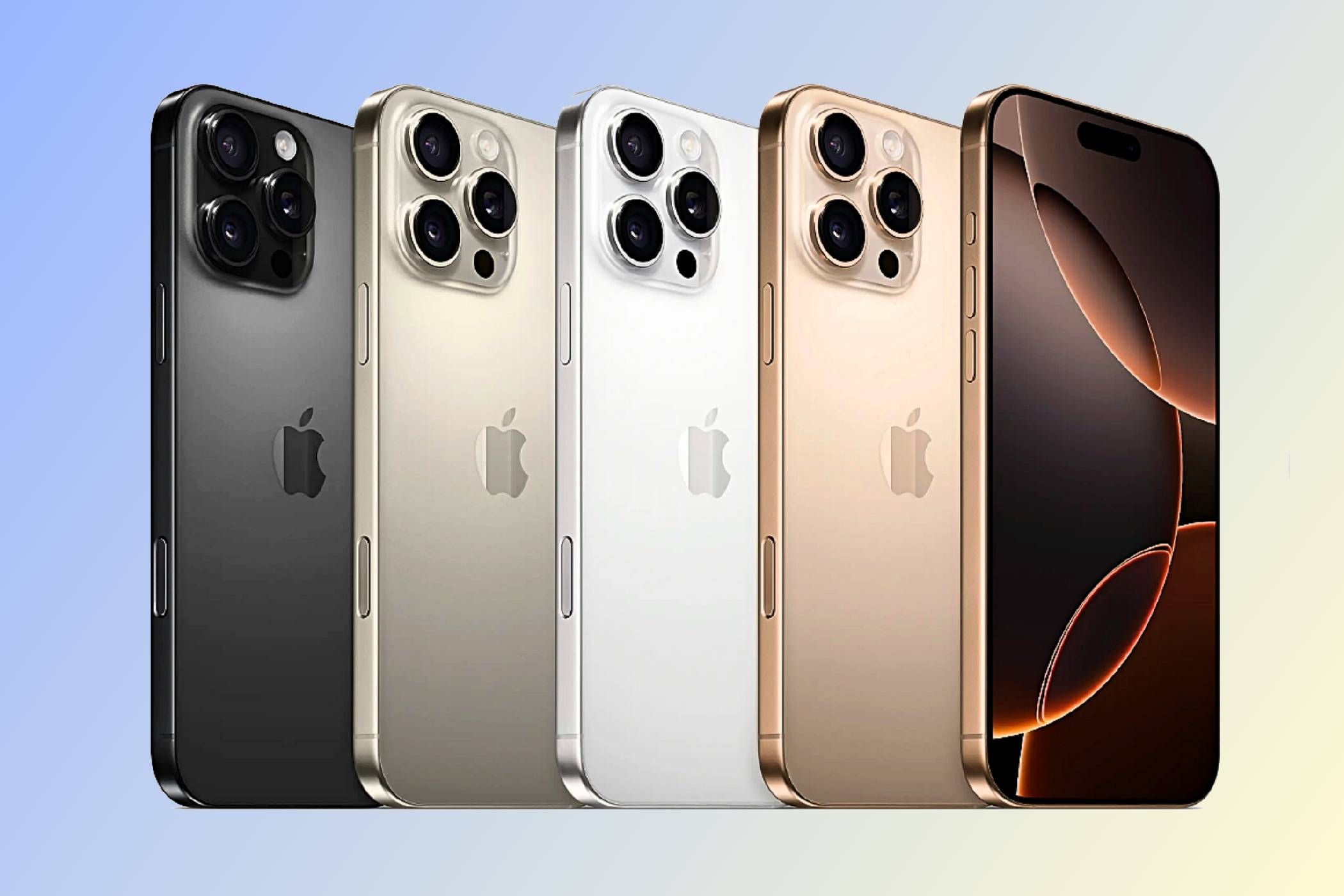With the release of the iPhone 16 series, it’s time to rethink what are the best of Apple’s offerings. The 15 series took everything to a new level, but the 16 series offers even more improvements.
Considerations Before Buying an iPhone in 2024
There are four newly released models in the iPhone 16 series: the standard iPhone 16, the 16 Plus, the 16 Pro, and the 16 Pro Max. Apple has narrowed the gap between the standard and Pro models, with the former suitable for most and the latter catering to those seeking advanced features.
When choosing an iPhone, it’s essential to understand that the rapid advancement of technology makes some older models less appealing. Processors get faster with each generation, camera systems improve rapidly, battery capacities get bigger, and, of course, AI features are on the rise at an exponential rate. Not only that, but Apple provides newer models with software updates for more extended periods. And, as cellular network technology evolves, you’ll need the newer models to access those faster 5G speeds. That’s not to say all older models are redundant. Some phones, such as the iPhone SE, received its last update in 2022, which makes it an affordable choice with a bit of life left in it yet.
It may be a particular feature that sways your decision, such as the advanced AI functions of the latest iPhone series. Photography enthusiasts will need to carefully evaluate their options, too. You could just plump for the latest and greatest camera suite if you have the deep pockets for it and will use all the features on offer. However, the absolute best iPhone camera system is only a good buy if you’ll use the functions that give it its premium price. Therefore, it’s essential to consider all the specs and features and compare them to the cost before committing to a purchase.
If you’re a smartphone gamer, you’ll need to consider the phone’s processing power in relation to the games you play. The newer the model, the more performance it can deliver. Apple’s A-series chips improve with each generation, providing increasingly better performance for graphics-intensive games. You’ll want to consider the refresh rate, too. Pro and Pro Max models since the iPhone 13 have been blessed with ProMotion, Apple’s term for a 120Hz display. This ensures smoother gameplay and animations for a more enthralling gaming experience.
You’ll want to consider other elements of the display, including brightness, color accuracy, resolution, and HDR support. This is important if you like to watch media content on your iPhone. A quality display is also preferable for viewing your photos and videos. If you don’t send everything to the cloud, you’ll need the appropriate storage size to house all those files.
|
How Did We Research |
||
|
Models Evaluated |
Hours Researched |
Reviews Analyzed |
|
17 |
3 |
12 |
How-To Geek’s product recommendations come from the same team of experts that have helped people fix their gadgets over one billion times. We only recommend the best products based on our research and expertise. We never accept payment to endorse or review a product.
Read More »
Best iPhone Overall: iPhone 16
|
Pros |
Cons |
|---|---|
|
Improved battery life |
No ProMotion 120Hz |
|
25W MagSafe and Qi2 charging |
|
|
Powerful A18 chipset |
|
|
Excellent camera system |
|
|
Unique choice of colors |
Apple’s standard iPhone model showcases the best balance between value and features. However, this time around, the gap between the standard and Pro models is narrower, and the iPhone 16 offers plenty of high-end features at a more accessible price point. This model is driven by the powerful A18 chip, has an excellent camera suite with improved controls, sports some eye-catching color choices, and has upcoming AI features still to arrive.
The new vibrant color options may be the most fun upgrade for many. With ultramarine, teal, and pink in addition to the usual black and white, these may be Apple’s most stylish designs yet. However, the familiar iPhone aesthetic still remains. However, despite claims of improved durability, you might still want to purchase a screen protector to prevent scratches, and, of course, a protective case is a given.
The 6.1-inch Super Retina XDR display has a 2,556 x 1,179 pixels resolution and can reach an impressive peak brightness of 2,000 nits. This means that the display is well-detailed and color-saturated with excellent contrast, and you can easily view your pictures, videos, and games even on a bright day outside. It does lack Apple’s ProMotion adaptive refresh rate; the 60Hz display is starting to feel somewhat dated. The iPhone 16 Pro models boast more fluidity when watching fast content and scrolling. However, the A18 chipset ensures all-around performance is excellent, and it is even better than the A17 Pro chip that the iPhone 15 Pro Max sported.
In terms of AI features, the iPhone 16 won’t showcase its true potential until the iOS 18.1 update. For now, Apple promises more natural conversations with Siri, notification summaries (ideal for large group chats where you can’t read everything), Writing Tools to aid in message composition, and Clean Up for removing objects from photos.
For smartphone photographers, the iPhone 16 offers a dual-camera system with the lenses now arranged vertically. This allows for spatial photo and video captures (the lenses are next to each other like real eyes, as opposed to the diagonal arrangement of the iPhone 15). Furthermore, the addition of the Camera Control button simplifies the whole image and video-taking process. The 48MP main camera features a 2x optical zoom, and the 12MP ultra-wide has improved macro capabilities. The periscope telephoto camera found on the Pro models is, sadly, omitted, and some advanced video features also don’t make the cut.
Serious smartphone shutterbugs may well prefer the Pro or Pro Max models for the ultimate in iPhone imagery. Still, for most, the standard iPhone 16 is more than sufficient. However, if you’re just after a display size and battery life upgrade, the iPhone 16 Plus may be the best choice for you.
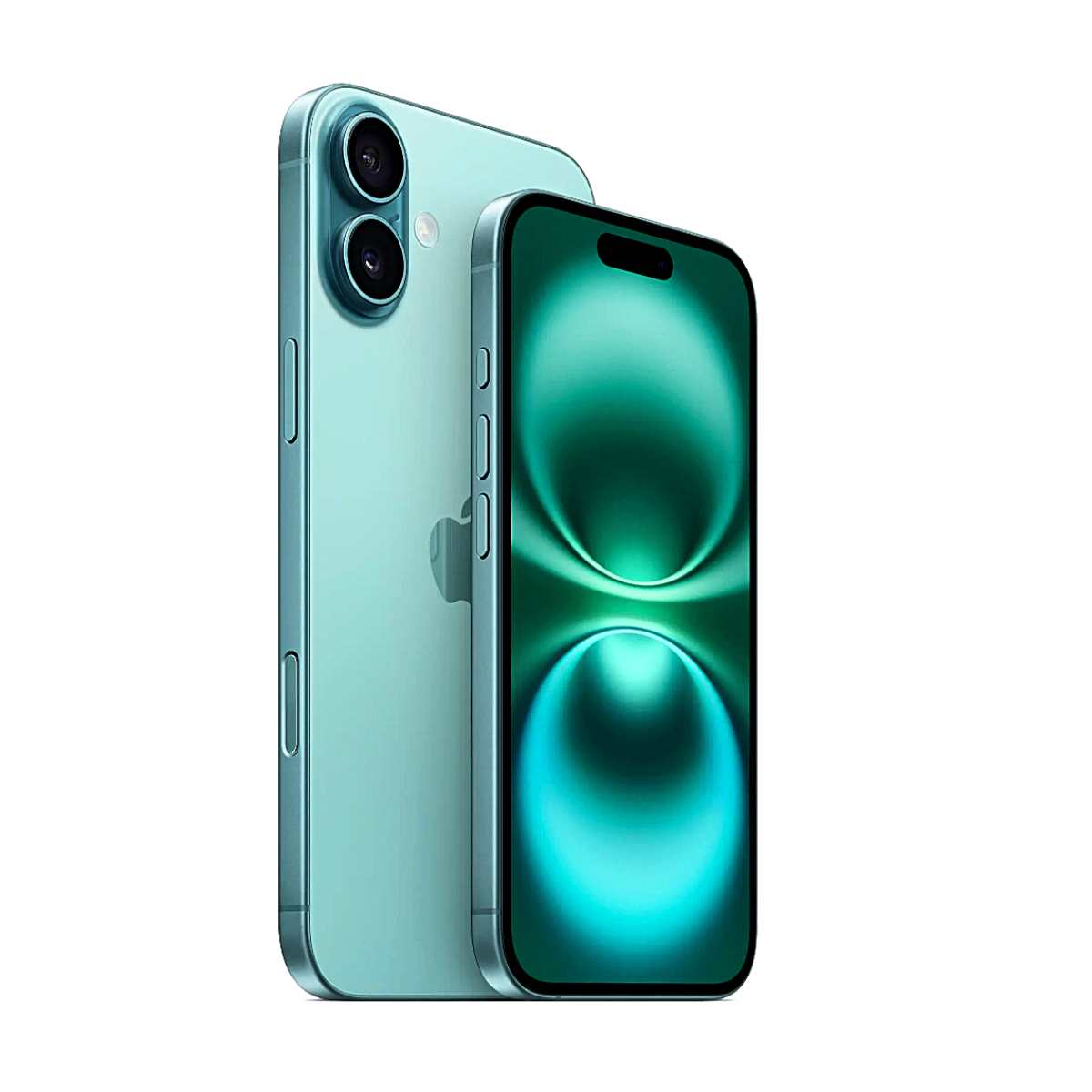

Best iPhone Overall
Apple iPhone 16
The iPhone 16 represents a significant leap forward in Apple’s smartphone lineup. It offers an impressive blend of advanced features, stylish color choices, and an improved performance.
Best Budget iPhone: iPhone SE
|
Pros |
Cons |
|---|---|
|
Supports 5G connectivity |
No mmWave support |
|
All-day battery life |
No MagSafe charging |
|
Support for Qi wireless charging |
|
|
IP67 water and dust resistance |
|
|
Excellent price |
While a new series of iPhones is never likely to contain a budget-friendly option, that doesn’t mean there are no affordable iPhones available. You won’t get the advanced features of newer iPhones, but if you just need a reliable, sturdy model that won’t bankrupt you, the classic iPhone SE rarely disappoints. It may be getting slightly dated now, but it’s reliable and will do its job as advertised with minimal fuss. It’s also compact, surprisingly powerful, and takes wonderfully decent photos.
It’s a classic-looking iPhone, no two ways about it. The thick bezels may not be at the point of nostalgia yet, but they don’t have the contemporary look of newer iPhones. Yet, it is compact, with its 4.7-inch LCD (Apple’s smallest), and lightweight at just 5oz. But don’t let the classic look and small size fool you. The 1,344 x 750 pixels resolution is plenty for the compact display. Detail is impressive and Apple’s TrueTone technology improves visual comfort and helps to maintain color balance across various lighting conditions.
In terms of apps and features, this phone stands shoulder-to-shoulder with some of the more premium iPhones. The SE is powered by the A15 Bionic chip—the same processor found on the iPhone 13, making it faster than most phones in this price range. However, storage is limited to 64GB, which might be plenty for some users, but going for 128GB is not much more expensive. There’s also a 256GB option that still falls into the affordable category.
Crucially, the iPhone SE’s single camera delivers impressive results. This makes it stand out head and shoulders above many phones in this price range, Apple or otherwise. While the lack of any Night Mode means low-light performance is less reliable, medium-to-good light images are helped by some excellent processing. Smart HDR4 and Deep Fusion ensure indoor images look natural, while those taken in good light are sharp, vibrant, and well-contrasted with excellent detail. You can also shoot some nicely detailed 4K video at 60fps.
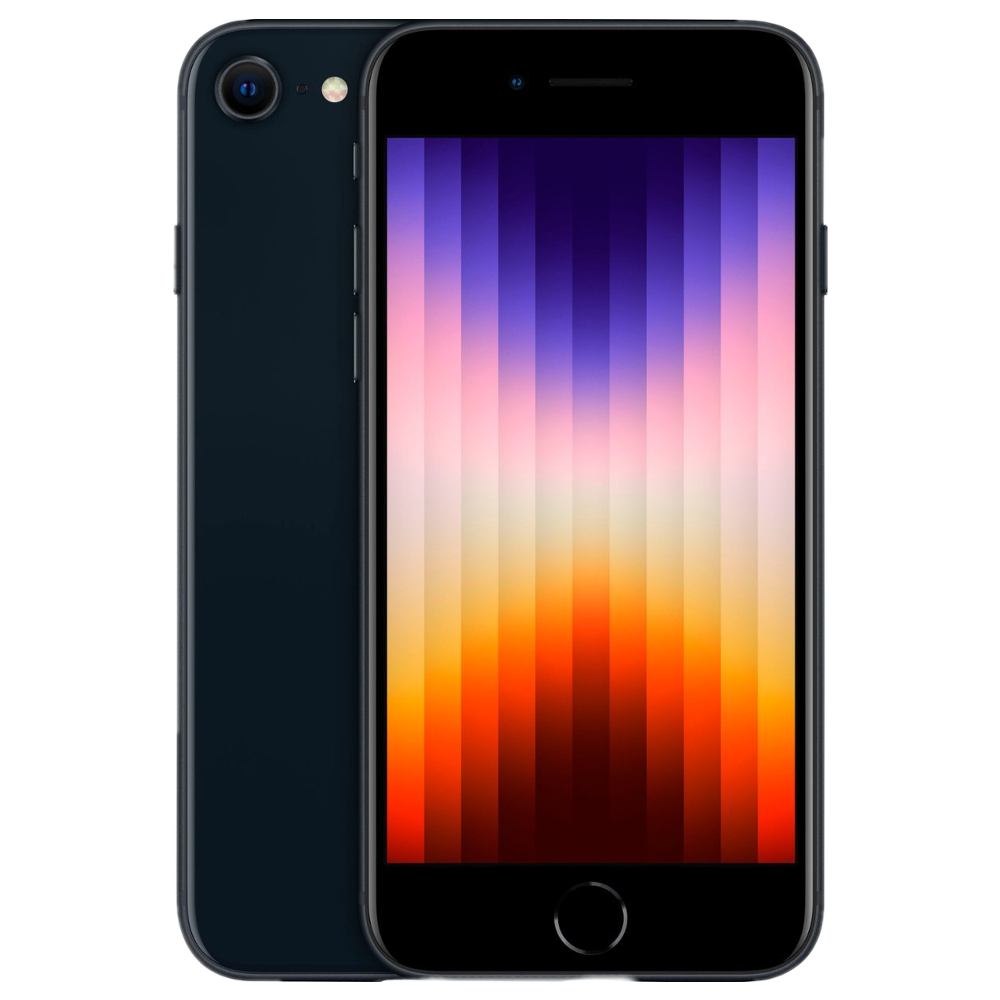

Best Budget iPhone
Apple iPhone SE (2022)
The iPhone SE is the standout cost-effective option in Apple’s lineup with its blend of classic design and modern performance at a price that won’t break the bank.
Best iPhone for Photos and Videos: iPhone 16 Pro
|
Pros |
Cons |
|---|---|
|
12MP periscope telephoto with 5x optical zoom |
Expensive |
|
Excellent low-light performance and OIS |
|
|
4K video at up to 120fps |
|
|
Camera Control button for improved usability |
|
|
High-quality 12MP selfie camera |
The iPhone 16 Pro and Pro Max are both powerful tools for smartphone photographers. While the Pro Max wins hands down for battery life and features a larger display, the cameras are virtually identical. There’s no doubt these differences give the Pro Max a bit of an edge, so if you don’t mind paying the extra, it’s an excellent shout for smartphone photography. However, if you want to save a few bucks and get the same camera, the iPhone 16 Pro is the way to go.
The triple camera system features 48MP main and ultra-wide cameras. The former is the one you will use for everyday shots. It has a wide f/1.8 aperture, which combines with the phone’s large sensor for sharp, detailed images. This also contributes to the phone taking tricky lighting in its stride. Pictures are constructed from multiple exposures, and its sensor-shift optical image stabilization (OIS) contributes to the overall low-light sharpness. Focusing is fast and accurate, and ‘zero shutter lag’ ensures there is no delay between pressing the button and the image being taken.
The ultra-wide lens is used for sweeping landscapes, cityscapes, and large group photos. Its high MP (megapixel) count ensures that expansive shots are highly detailed, a considerable jump from the standard iPhone 16’s 12MP ultra-wide lens.
Additionally, a 12MP periscope telephoto camera with a 5x optical zoom offers a 3D sensor-shift OIS for even more comprehensive stabilization when zooming in. This lens is another feature omitted from the standard iPhone 16. Finally, there’s a 12MP selfie camera from which you can shoot fine vanity shots and 4K video at up to 60fps. It’s similar to the iPhone 15 Pro front lens but with some added audio features.
Video enthusiasts will be happy to hear that the iPhone 16 Pro has upgraded its movie recording capabilities, too.
You can now shoot 4K video at up to 120fps for slow motion with superior detail. Thanks to the 120Hz display (which trumps the dated 60Hz of the standard iPhone 16), video playback is also smoother. The Pro supports Dolby Vision HDR, albeit at up to 60 FPS, and offers ProRes recording for high-quality post-production editing. These professional videography standards are also omitted from the standard iPhone 16 and are further reasons to use the Pro for media creation.
Finally, if all that isn’t enough, Apple has added a helpful new Camera Control button to launch the camera, take a snap, record video, zoom in and out, and tweak settings with a range of quickly learned presses and slides.
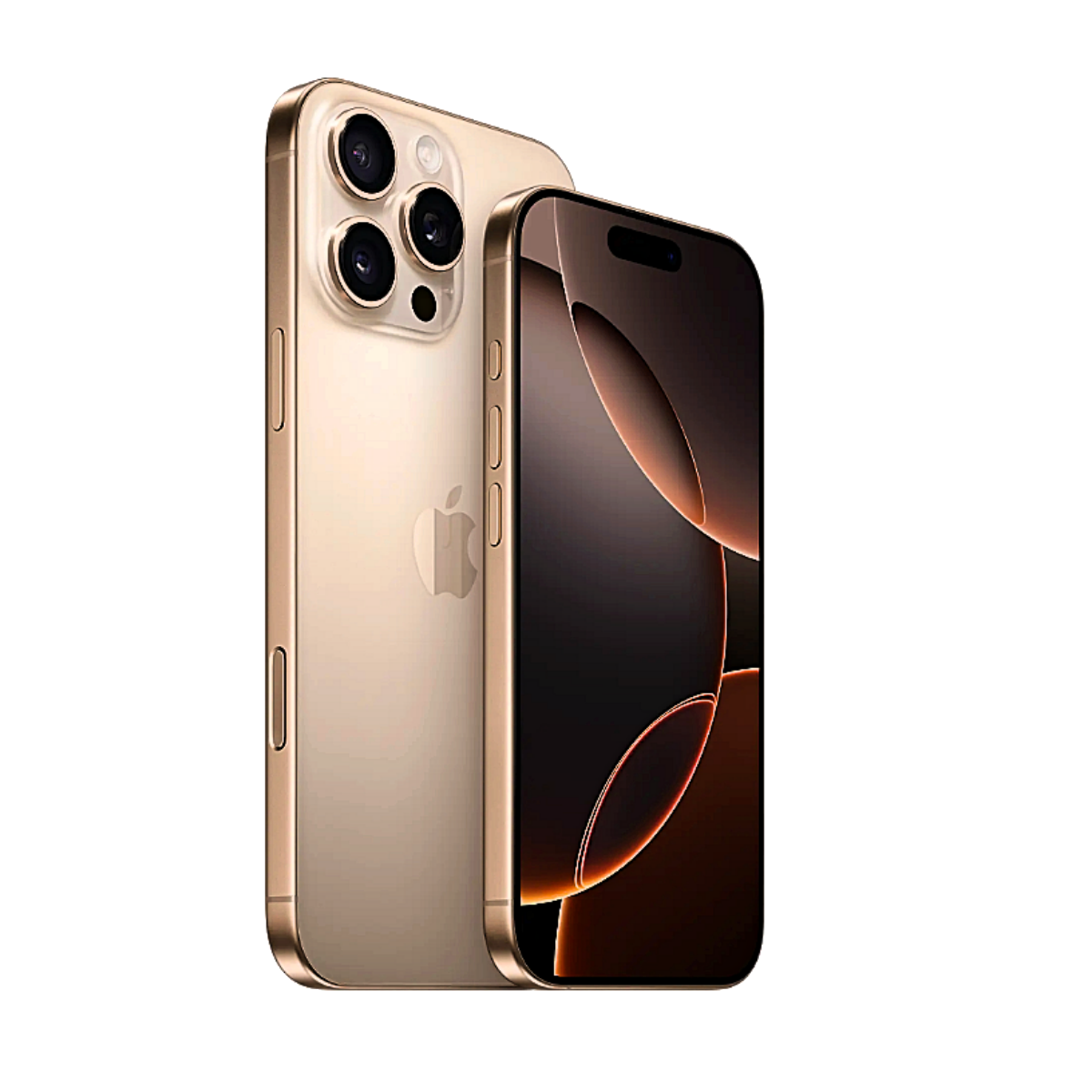

Best iPhone for Photos and Videos
Apple iPhone 16 Pro
With its advanced triple camera system offering exceptional image quality, versatile shooting options, and professional-grade video capabilities, the iPhone 16 Pro is the best choice for smartphone photography.
|
Pros |
Cons |
|---|---|
|
Best battery life of any iPhone |
Photo editing features might be overkill |
|
25W MagSafe wireless charging support |
|
|
Fast charging |
|
|
Bright OLED display with ProMotion |
|
|
Powerful A18 Pro chipset |
While the iPhone 16 Pro Max is essentially a similar phone to the iPhone Pro, its features distinguish it, and its larger battery capacity is one of them. If battery life is your main priority, this phone sweeps everything aside.
While Apple doesn’t expressly state the battery size of any of its models, it states on its website that the Pro Max offers the best battery life of any iPhone ever. For specific uses, Apple says you can get up to 33 hours of consistent video playback, 29 hours of video streaming, and 105 hours of continuous audio. This means that, with constant general use, you should get around 18 hours of battery life before needing a top-up, leaving both Galaxy and Pixel in the dust.
All phones in the iPhone 16 series support 25W MagSafe wireless charging, a significant increase from previous models. However, 15W Qi2 charging remains. The 16 Pro Max can reach a 50 percent charge in around 30 minutes via USB-C using a 20W or 30W adapter or higher with the MagSafe charger.
In addition, the Pro Max features the same powerful triple camera setup as the iPhone 16 Pro and an identical high-quality OLED display with a 120Hz adaptive refresh rate. Both phones can also reach a peak of 2,000 nits, ensuring the display is easily seen on bright sunny days.
However, the Pro Max has a larger display at 6.9 inches compared to the 16 Pro’s 6.3 inches, and the resolution is slightly higher at 1,320 x 2,868 pixels. Additionally, both Pro models have a more powerful chipset than the standard iPhone 16 and one that outperforms most of the Android competition. While the standard iPhone 16’s A18 chipset is fine for most people, the Apple A18 Pro takes things even further.
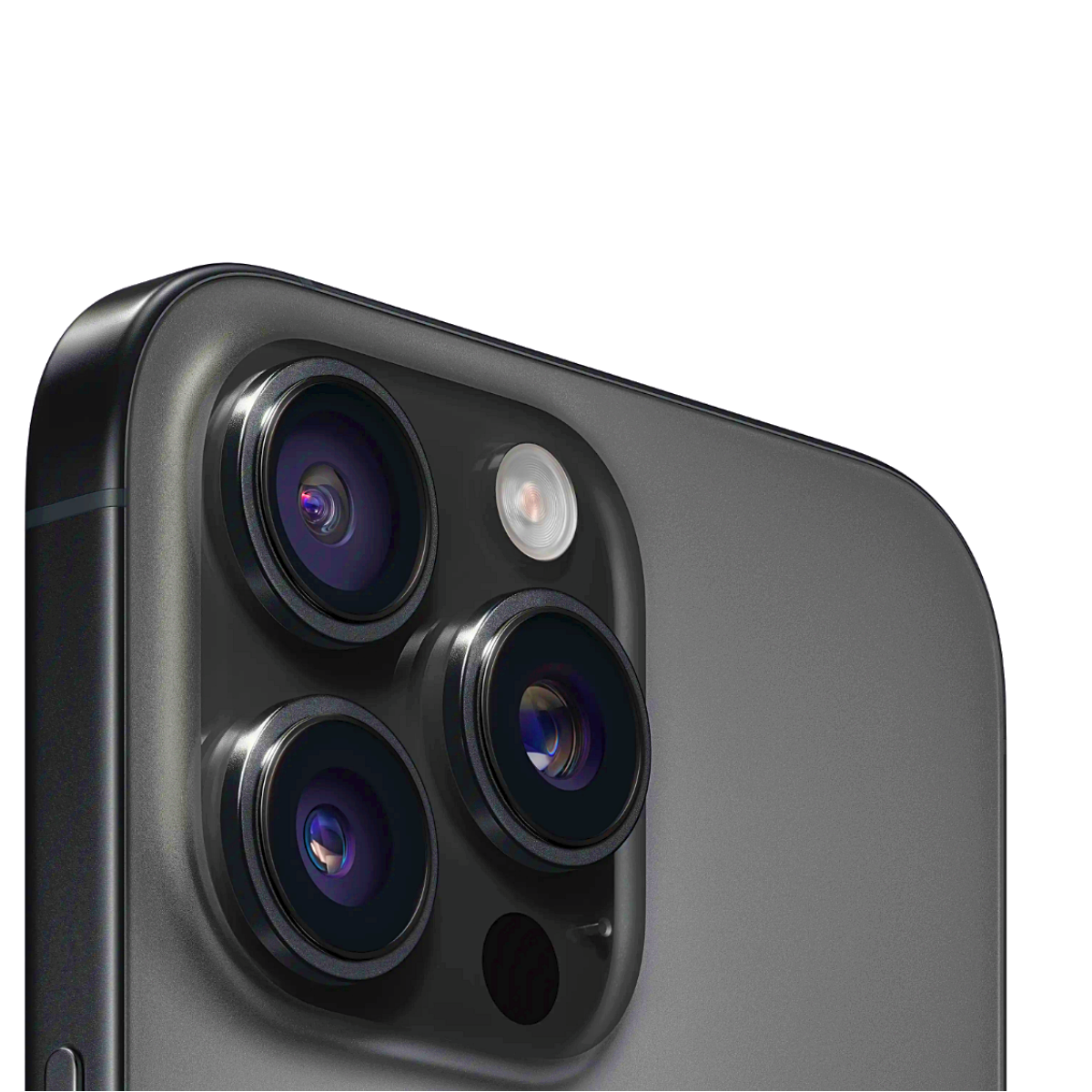

Best iPhone for Battery Life
Apple iPhone 16 Pro Max
The iPhone 16 Pro Max is a battery powerhouse. It offers unparalleled longevity among iPhones and outperforms most of its competitors.
FAQ
What is the latest iPhone model?
The latest iPhone is the iPhone 16 series. There are four models in this series: the iPhone 16, 16 Plus, 16 Pro, and 16 Pro Max. The iPhone 16 Plus is an upgrade on the iPhone 16, and the iPhone 16 Pro Max is an upgrade on the iPhone 16 Pro. However, existing iPhone users with older models should consider if it is time to upgrade at all.
What is the difference between the iPhone models?
Each iPhone generation is an improvement on the last. The iPhone 16 series is no different, and each model has their own features, similarities, and specifications. The standard iPhone 16 offers plenty enough for most users with its powerful performance and capable camera system. The 16 Plus ups the ante with a larger display and better battery life. Furthermore, the iPhone 16 and 16 Plus have aluminum frames.
Moving onto the Pro models, you have premium titanium builds. In addition, you get a more sophisticated camera suite, including a telephoto lens, better video capabilities, and a faster 120Hz display. The latter allows for smoother scrolling and browsing and an enhanced gaming experience with reduced motion blur and better response times.
Regarding battery life, performance varies throughout the series. It’s hard to say the standard iPhone 16 has the worst battery life, so we’ll say it has the ‘least good,’ with performance increasing until you get to the pinnacle of the Pro Max’s unchallenged battery performance.
All in all, the standard iPhone 16 strikes a nice balance between features and cost, while the Pro models cater to those seeking some more advanced features.
Can I transfer my Android settings and media to an iPhone?
Yes, you can migrate your Android settings and media. You’ll need to download the Move to iOS app from Google Play on your Android device and wirelessly transfer your Android data to your new iPhone. The app provides detailed instructions and walks you through each stage. However, there are a few things to keep in mind when making the switch.
How do I take a screenshot on an iPhone?
Taking a screenshot on an iPhone is relatively straightforward. However, it can vary from model to model. On the iPhone 16, press the large side button on the right and the volume up button on the left at the same time. You’ll hear a shutter noise and see a small flash to indicate the screenshot has been successful.
What cable do I use to charge my iPhone 16?
Since the 15 series, USB-C has been the cable to use with iPhones. This means that the iPhone 16 and its derivatives will all charge using a USB-C cable. Your brand-new iPhone 16 will come with a 1-meter USB-C charging cable in the box. If you’re a seasoned Apple user but have just recently joined the USB-C revolution, here’s what you can do with your old Lightning gear.


